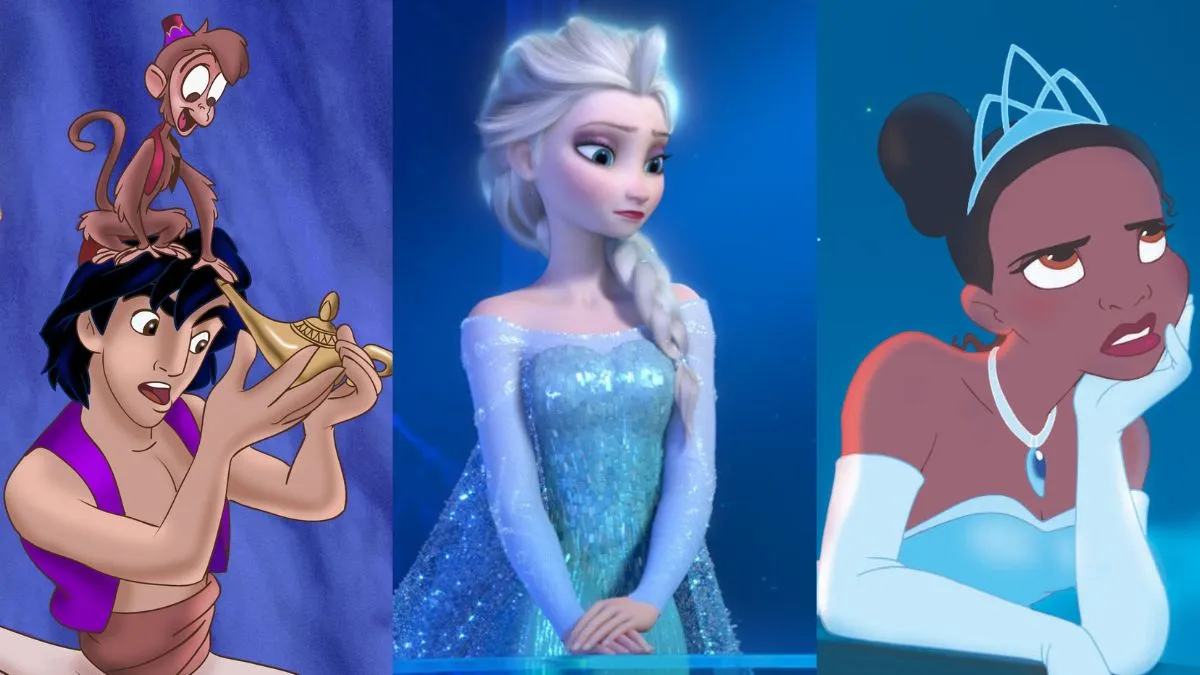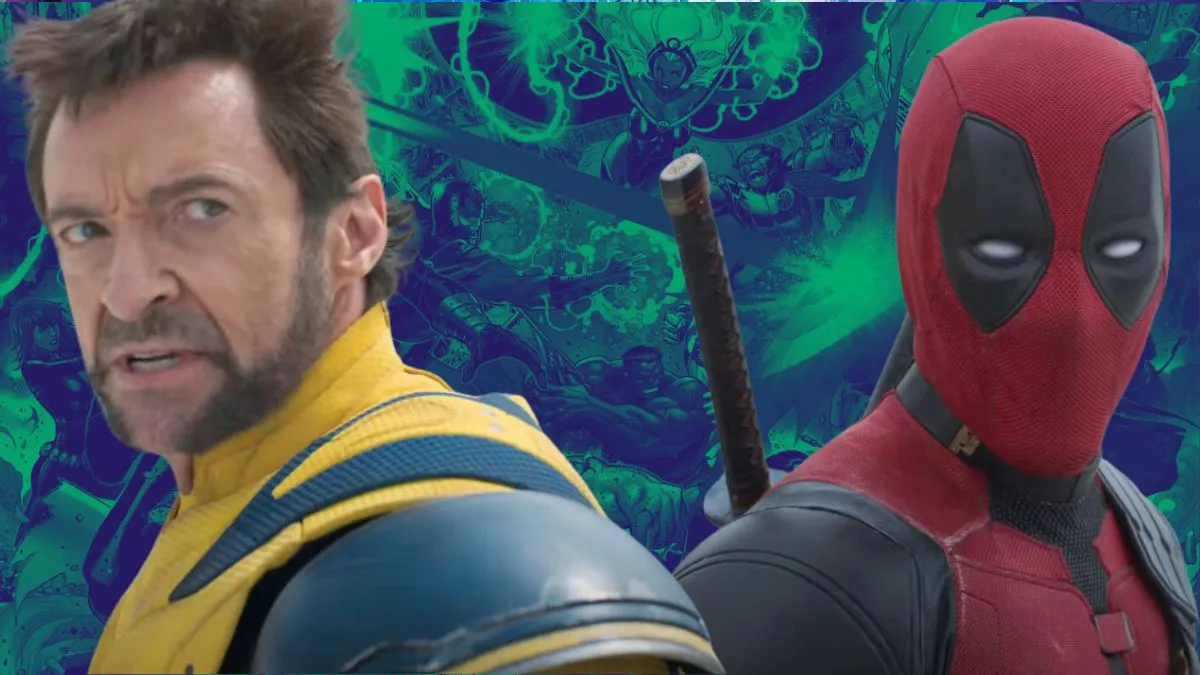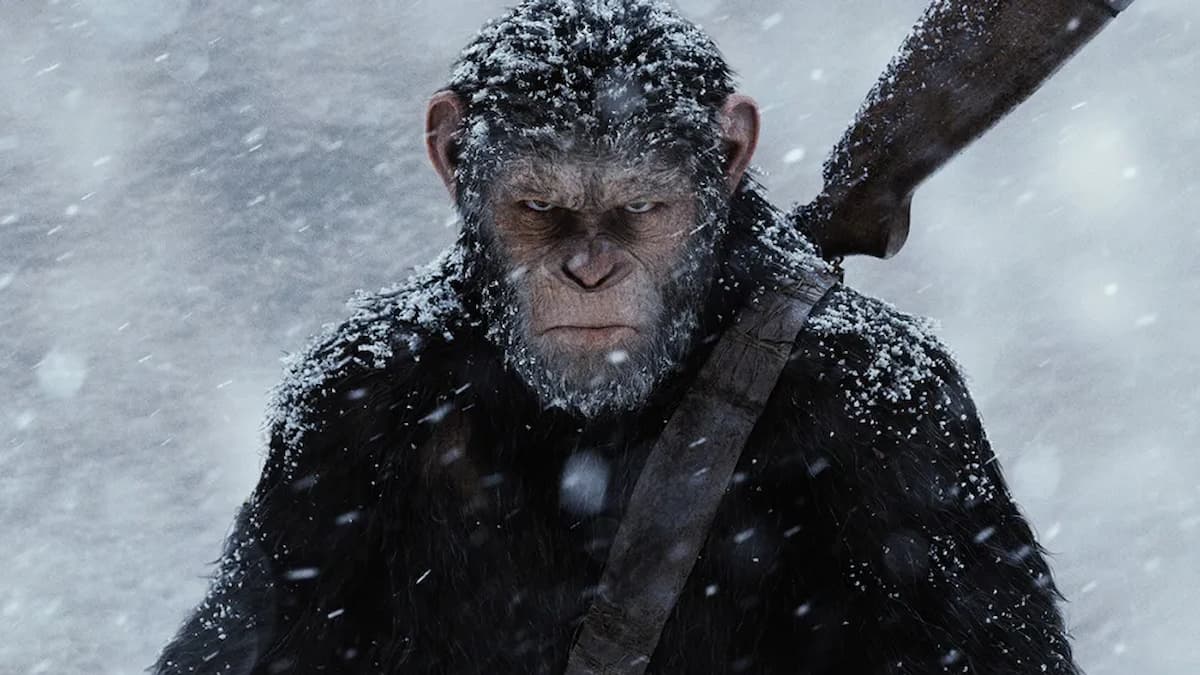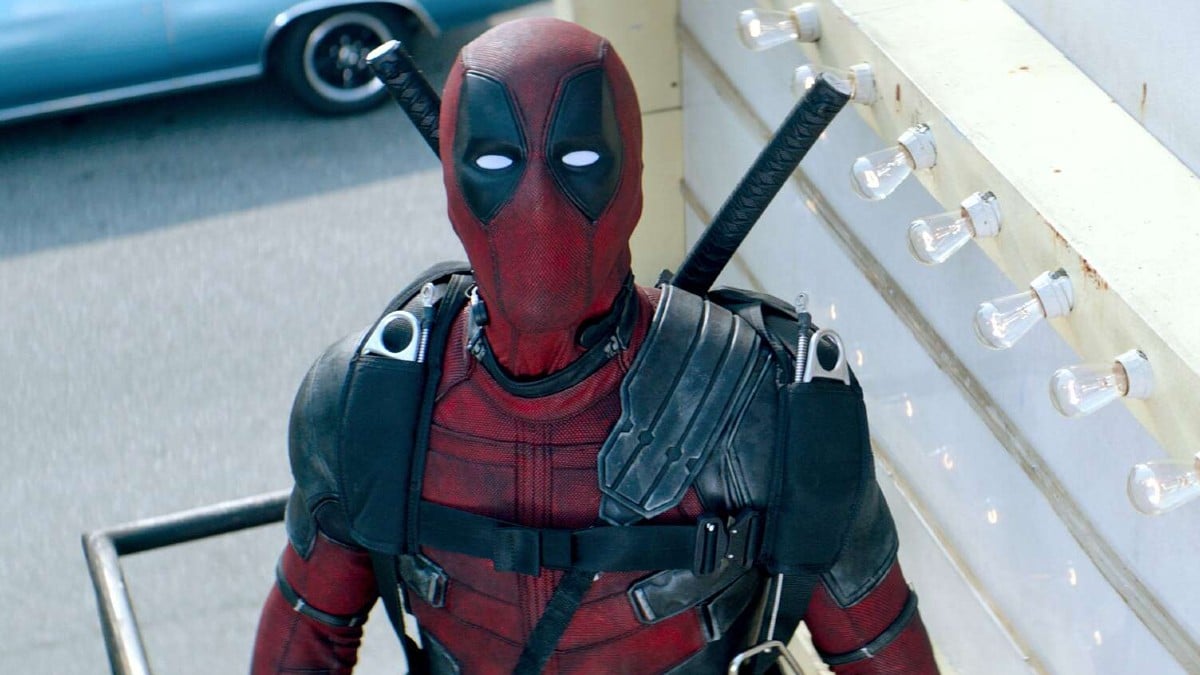
It seems like the crew was utterly fearless in helping get this documentary made. What were the biggest challenges you faced while traveling around Madagascar?
David Douglas: Well, the challenge of traveling around Madagascar is really that the road system is so undeveloped. There are a couple of main roads which seem to run up and down the island, but basically there are parts of the island you can’t drive to in less than three or four days or more, and that’s a long time to be in a car. So the crew did have to make some very long and uncomfortable drives, and also there were times where we set out to get somewhere and we just never made it. The vehicles couldn’t get there and we just abandoned them and kept walking.
Were there any risks that you decided during the making of the movie that weren’t worth taking, or did you do the best with what you had?
David Douglas: Well, we didn’t back away from anything in particular in this film. The circumstances and the logistics did impose a few limitations on us. For example, we were doing 3D aerials this time, and in order for the 3D to work we had to fly very, very close to the tops of trees in order to get 3D information. So in order to do that we brought in a little hot air balloon, and he has a very narrow window of whether it can fly in. As soon as the wind is over 5 miles an hour, you really don’t want to be in that balloon because it’s no longer under our control in terms of where it would go or where it would land. Sticking to that regime is difficult because you want to get up there and fly, especially when the sun comes out it looks nice, but if the wind is up then you just don’t know where you are going to wind up.
Did you have any problems when it came to filming the lemurs?
David Douglas: Because we were working with scientists, they are watching these animals all day long. Scientists are our guides in telling us who they are, what their families are, who is who in the group and at what stage biologically they are so we know how to drop into their story and come out again. We did employ graduate students and sent them to begin to track specific animal groups sometimes a month or two months in advance of our arrival. So by the time we arrived there was a brief on the individuals in a cell and pattern of their daily travels.
You work as both the director and cinematographer on this film. What is it like doing both those jobs at the same time?
David Douglas: Well I think that in some ways doing both tasks is a natural thing to do in a wildlife related film. In fact, since wildlife cannot really be manipulated or directed, what you’re doing is you’re evolving an understanding of the audiences’ experience in real time. The way you do that in moviemaking is by being at the camera, so I think the two things go together.
You shot this documentary in 3D. Have you ever shot movies before in 2D that were later converted to 3D, and which process do you prefer?
David Douglas: I think there is no doubt that the way to get 3D is to shoot in 3D and capture in 3D. The stereography that goes into that is really important, and you can really emphasize different components of the shot by your stereography. Trying to do it after the fact generally doesn’t produce very satisfactory results mind you.
I do have to ask you about Morgan Freeman. How did you get him involved in the project?
David Douglas: He also narrated Born to Be Wild, which was my first experience with Morgan Freeman, and we had such a positive reaction to the film and such a positive experience working with him on that movie that I think when we went to Madagascar we were already at some level hearing his voice in our minds as we were looking at the story components. He was like the default. As long as he was going to be okay with us, we were certainly going to be hoping that he would do it.
With this documentary, what do you hope people will take away from it the most?
David Douglas: Hopefully people will take away a new understanding of that there are still wondrous, amazing surprises out there in life and the natural world. Everything is not all gone. There are still creatures out there which many have never seen before which can do surprising and amazing things and which have an extraordinary story to tell us. Just the process of watching wildlife, I think, is something that changes the way people live their lives because I think you can appreciate life in a more rich way if you can see the benefits and the attributes of life and some of these creatures like lemurs. Lemurs are a prototype for our own primate pattern, so we are related. We have a shared structure and so we have in some ways a shared experience, and I think the more we allow that to sink in, the more we get out of our daily lives in this natural world even though we don’t always live in a natural part of it. We are primates.
That concludes our interview but we’d like to thank David very much for his time. Be sure to check out Island of Lemurs: Madagascar as it’s now in theatres.






